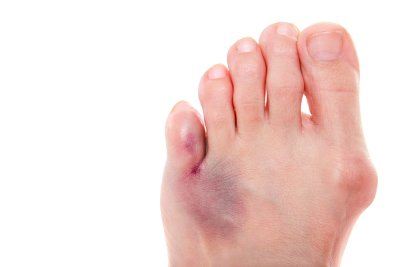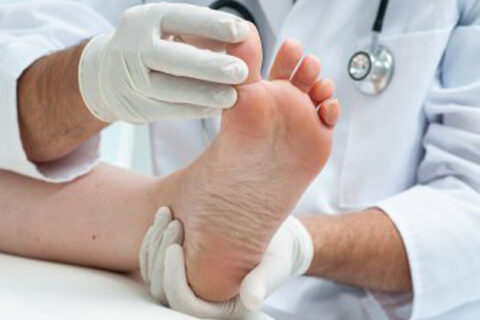Bunions How Are They Treated?

Bunions are bony, outward protrusions at the base of the big toe. This bump develops when the big toe bends abnormally inward, toward the other toes. Patients may experience pain, which can be severe enough to make wearing shoes a challenge. Since this medical condition can worsen without the proper treatment, bunion specialists in Sugar Land urge patients to schedule an appointment sooner, rather than later. Bunions are most easily treated when they are detected early.
Footwear Changes
Improper footwear is a major risk factor for foot health problems like bunions. One of the simplest, nonsurgical treatments is to avoid wearing very tall high heels and shoes with a narrow toe box. If you find it difficult to give up your high heels, and you typically sit most of the day at work, consider wearing athletic shoes in the office. Bring your high heels with you and swap footwear when you arrive at work.
Padding and Taping
When you choose footwear with plenty of room in the toe box, you’ll have enough space to add extra padding. Your podiatrist can demonstrate how to place the padding for the best results. The doctor can also show you how to tape your foot to prevent abnormal movements, which relieves pressure and pain.
Cold Therapy
Applying ice packs can be helpful if the bunion becomes painful, inflamed, and swollen. Cover an ice pack in a thin towel and place it on the foot for no more than 20 minutes at a time. You can do this several times per day to relieve the pain and suppress the swelling.
Medications
Some patients with bunions can attain sufficient relief of their symptoms with over-the-counter nonsteroidal anti-inflammatory drugs (NSAIDs). Otherwise, the podiatrist may provide a prescription. Injected anti-inflammatory drugs are another possibility.
Ultrasound Therapy
Therapeutic ultrasound won’t correct the deformity. However, it may help relieve the pain and swelling of the soft tissues in the area.
Bunion Surgery
Surgery is the only way to correct the deformity, rather than simply manage the symptoms. This may be a good option for you if your symptoms are severe and nonsurgical treatments aren’t helping enough. To reduce the risk of bunion revision surgery later on, you should carefully follow the doctor’s post-operative instructions.

